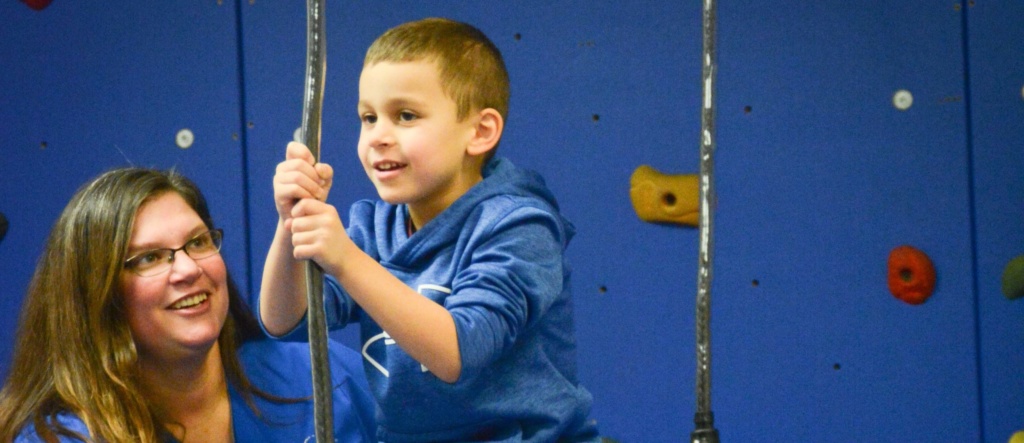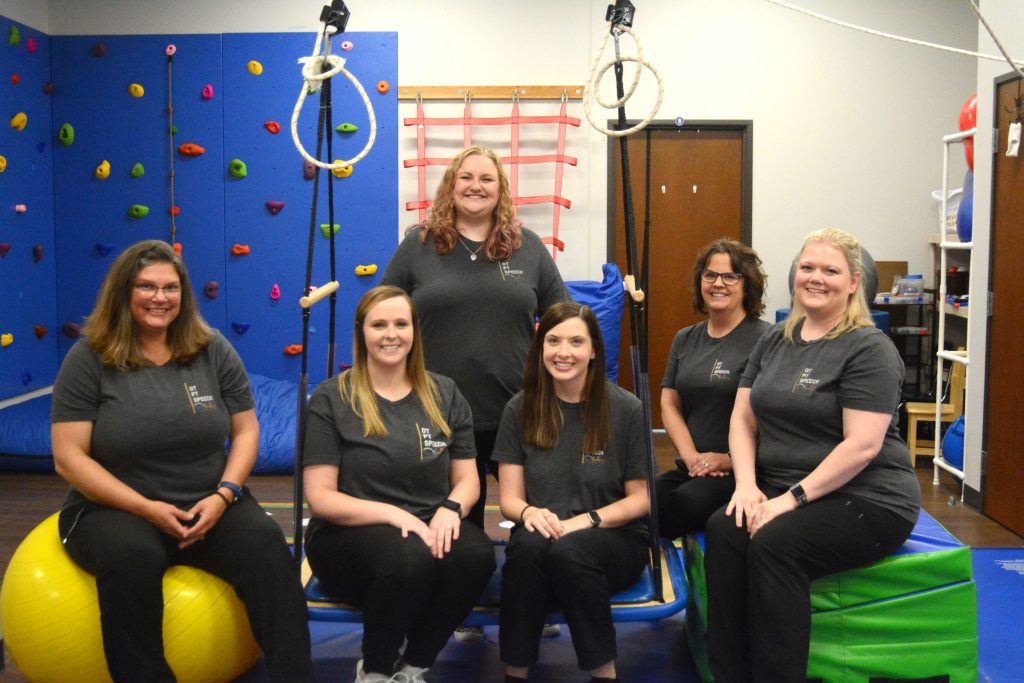Pediatric Occupational Therapy


Occupational Therapy is often referred to as OT. Pediatric OT uses creative and meaningful tasks to help a child fully participate in daily life. These everyday activities are called activities of daily living.
Occupational Therapists help children achieve milestones such as self-feeding, dressing, reading, writing, playing with toys, interacting with peers and playing in multiple types of environments.
An Occupational Therapist may evaluate and treat the following:
- Fine Motor Skills (hand skills)
- Feeding Skills / Feeding therapy
- Handwriting
- Self-care Skills
- Play and Social Skills
- Sensory Processing
- Upper Body and Trunk Weakness
- High or Low Muscle Tone
- Visual Perceptual or Ocular-motor Skills
- Positioning or Adaptive Equipment
- Reflex Integration
- Executive Functioning
Occupational Therapy Credentials
An occupational therapist (OT) must be a graduate of an accredited educational program. All occupational therapists must have a current license issued by their state board.
An occupational therapy assistant (COTA) must be a graduate of an accredited educational program and must have a current license issued by their state board. A COTA can provide treatment, but they cannot perform an evaluation or establish a treatment plan. When a COTA provides treatment, they are supervised by an OT through consultation. The patient must be evaluated again by the OT at least monthly.


